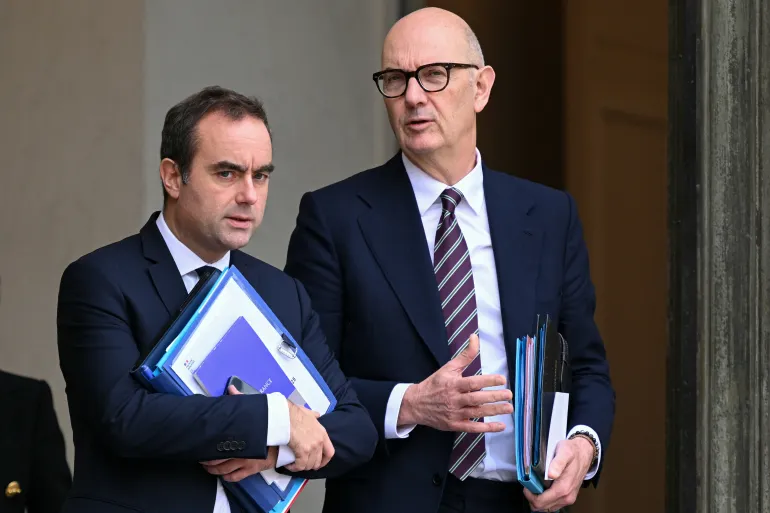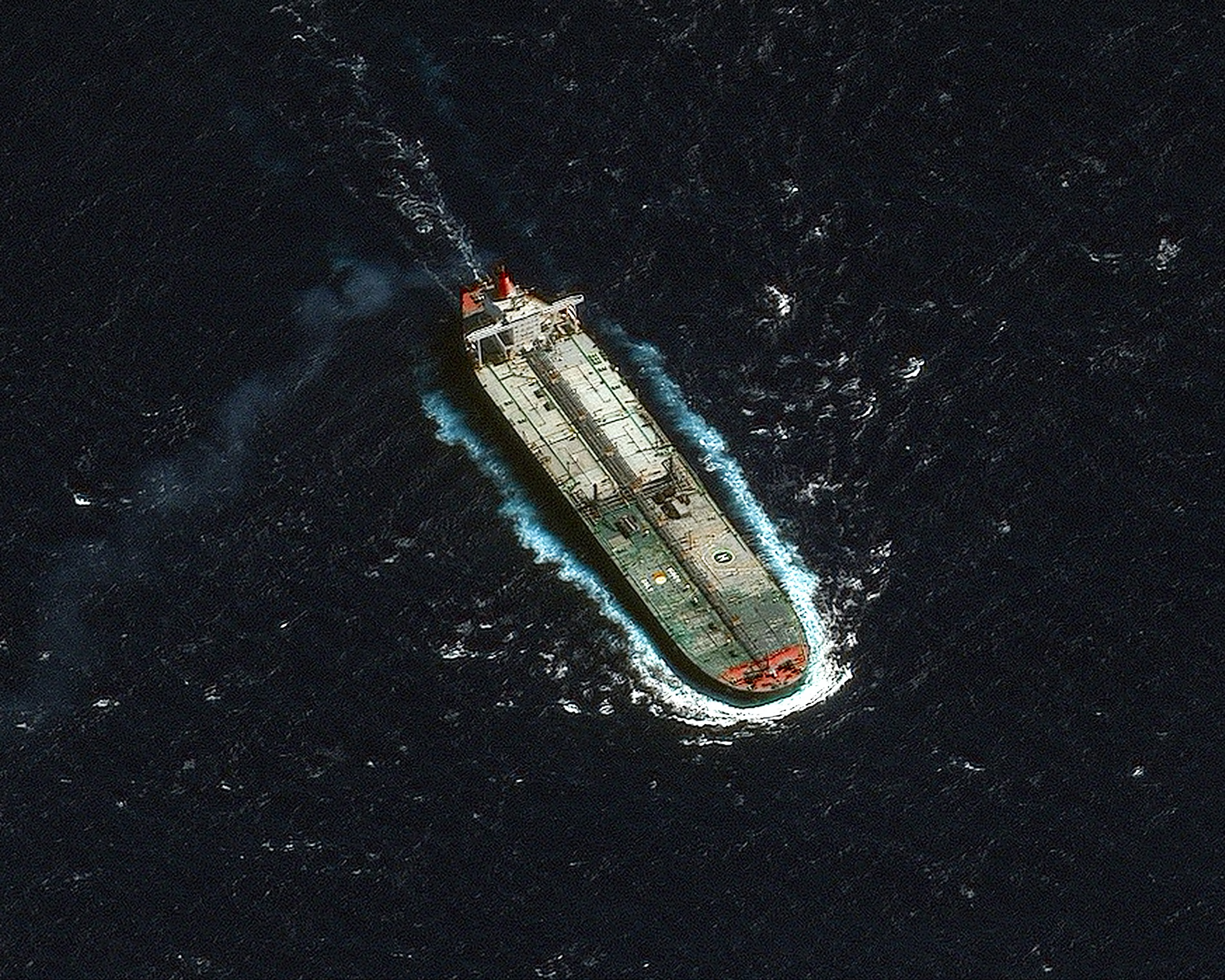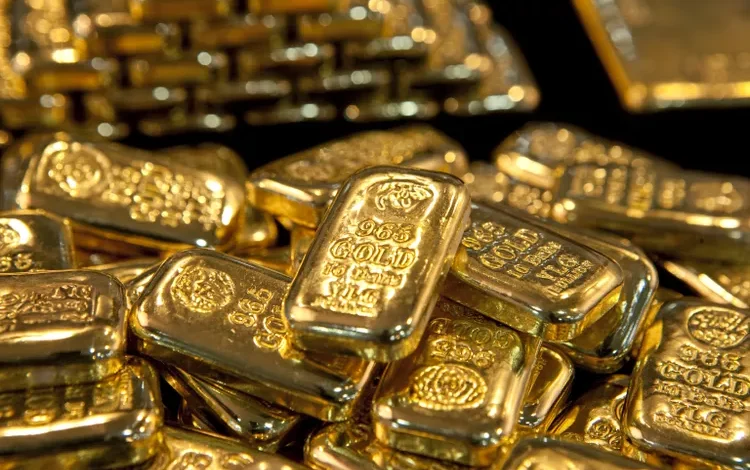Gold prices surged to a record high on Friday, fueled by concerns over escalating trade tensions after US President Donald Trump announced new tariffs on auto imports.
Investors turned to gold as a safe-haven asset, driving spot gold up 0.9% to $3,083.33 per ounce, after briefly touching an all-time high of $3,086.21 earlier in the session.
The precious metal has gained 2% this week, marking its fourth consecutive weekly increase. Analysts point to a combination of factors supporting gold’s rise, including trade policy uncertainty, geopolitical risks, and potential interest rate cuts.
“Gold has the wind at its back at the moment,” said Kyle Rodda, a financial market analyst at Capital.com. “US trade policy, US fiscal policy, geopolitics, and a growth slowdown are all pushing gold higher.”
He added that $3,100 per ounce is the next key milestone to watch.
Trump’s 25% tariff on auto imports, set to take effect on April 2, has raised concerns about its potential economic impact. Analysts warn that the tariffs could stoke inflation, slow economic growth, and escalate trade disputes, leading to further demand for gold.
Gold, traditionally seen as a hedge against economic and political instability, has climbed 16% so far in 2024, reaching at least 15 record highs this year.
Despite stronger-than-expected US economic growth in the fourth quarter, investors remain cautious. Federal Reserve policy has also played a role in gold’s rally, as expectations of interest rate cuts tend to boost demand for non-yielding assets like gold.
Goldman Sachs recently raised its price forecast for gold to $3,300 per ounce by year-end, citing higher-than-expected central bank demand and strong investment inflows into gold-backed exchange-traded funds (ETFs).
Other precious metals also saw gains:
Silver remained near its highest level since 2012, driven by rising haven demand and market supply constraints.
Platinum was steady at $985.34 per ounce.
Palladium gained 0.5% to $980.14 per ounce.










The latest news in your social feeds
Subscribe to our social media platforms to stay tuned